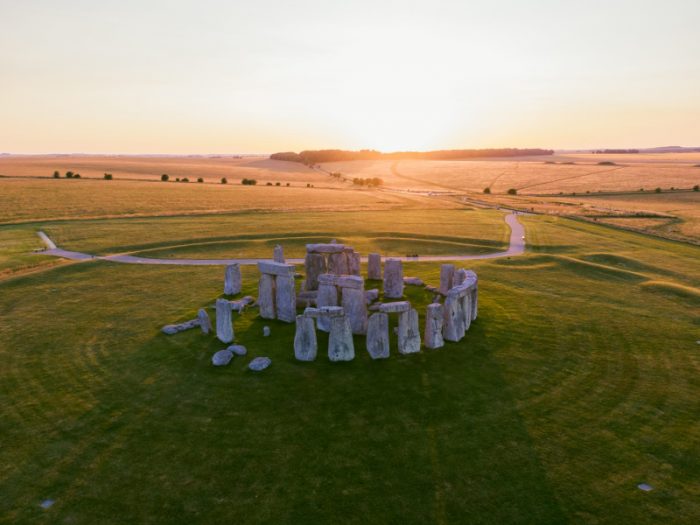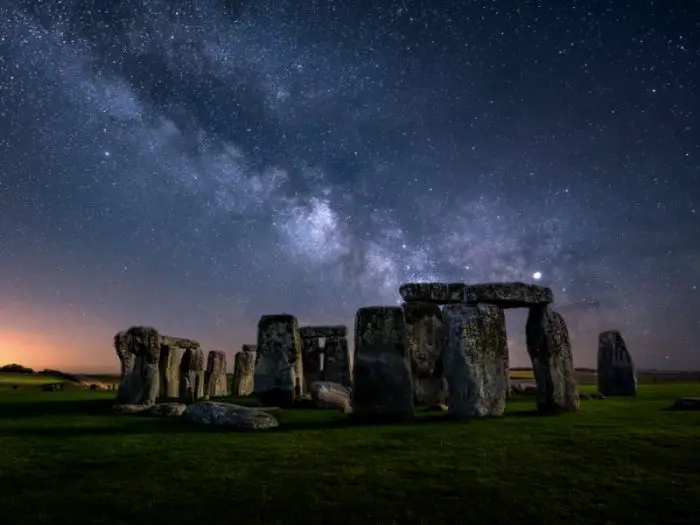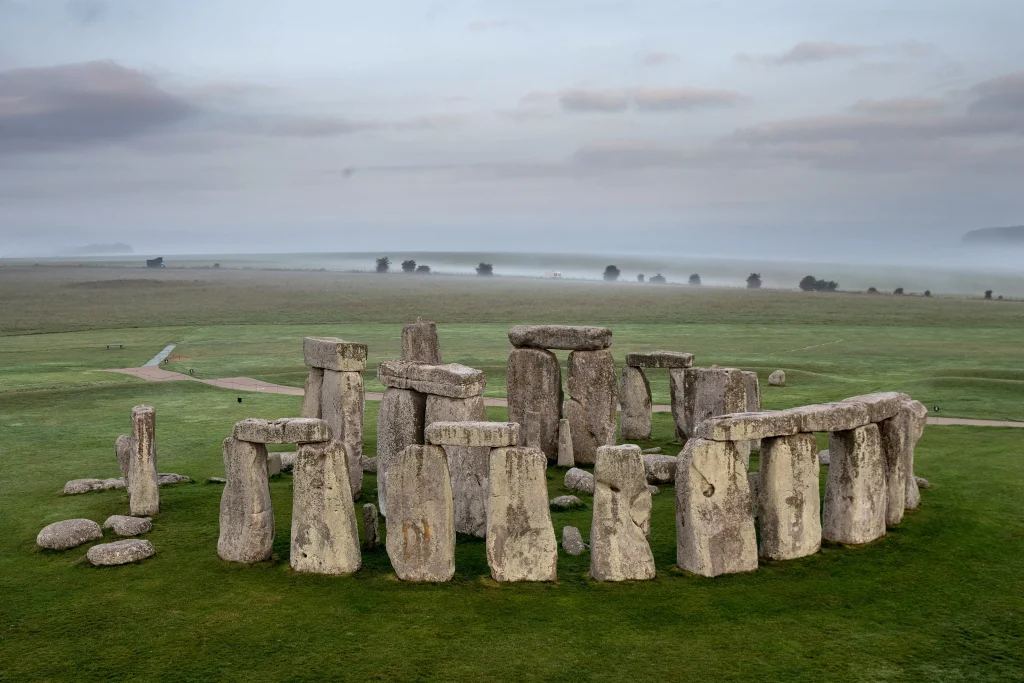The enigma of Stonehenge’s purpose has intrigued minds for ages. Just last year, archaeologist Timothy Darvill proposed an intriguing idea – that this iconic monument was a solar calendar, meticulously aligning with a solar year lasting 356.25 days. However, two other experts are now openly challenging his hypothesis.
Darvill’s Vision
Stonehenge stands as one of the world’s most renowned archaeological wonders, characterized by the imposing arrangement of rectangular “sarsen” stones forming a circle on the vast Salisbury Plain in Wiltshire, England.
Originally comprised of 30 stones in the main circle, Darvill posited that these 30 stones symbolized the 30 days within a month. He further speculated that the ten inner stones, grouped into five pairs with lintel stones, corresponded to the five remaining days of the year. Additionally, he suggested that the four “station stones” placed beyond the main circle represented leap years.

A Counterargument Emerges
Giulio Magli, a mathematician, and Juan Antonio Belmonte, an astronomer, have come forth to challenge the notion that Stonehenge served as an accurate solar calendar. According to them, the monument lacks any representation of the number 12, which corresponds to the months in a year. They assert that Darvill’s interpretation relies on “forced interpretations, numerology, and unsupported analogies with other cultures.”
Despite rejecting the calendar concept, Magli and Belmonte acknowledge the connection between Stonehenge and celestial phenomena. They recognize a “clear, symbolic interest of the builders in the solar cycle.” However, they emphasize that this doesn’t necessarily imply the monument was utilized as a giant calendar, as Darvill suggested.
Stonehenge’s Role in Marking the Seasons

RECOMMENDED: 10 Awesome Ancient Wonders That Remain A Mystery
During the summer solstice, the sun rises precisely over the Heel Stone in the northeastern part of the circle, casting its rays directly onto the monument’s center, signifying the seasonal transition. Similarly, during the winter solstice, the sun aligns as it sets to the southwest of the circle. Thousands still gather at Stonehenge to commemorate these solstice events.
While there’s widespread agreement that Stonehenge was utilized to mark the pivotal points of the changing seasons, Magli and Belmonte contend that the ancient structure might not have been capable of discerning minor shifts within the sun’s daily movements. Additionally, considering that the prevailing calendar during its construction was lunar, the feasibility of a solar-focused monument appears uncertain.
A Conundrum Persists

The purpose of this 5,000-year-old marvel continues to kindle debates among scholars. The realm of Stonehenge’s folklore includes tales of giants and temples, while some researchers assert its role as a burial ground or a healing sanctuary. Alternately, notions of religious ceremonies persist, as does the idea – put forth by Darvill – that the site held significance as some form of calendrical representation.